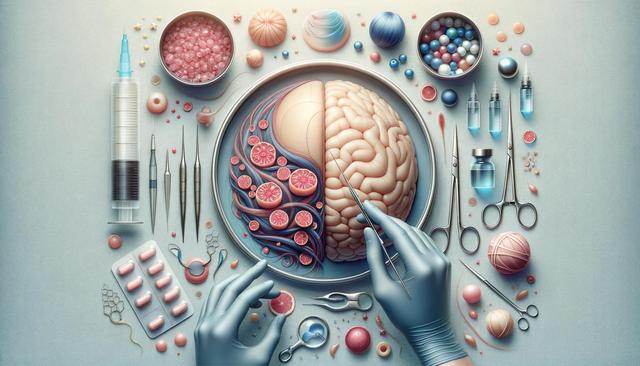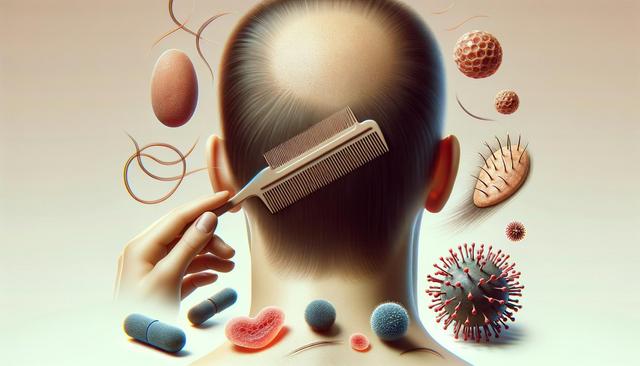Understanding the Shift in Hair Transplant Methods
Traditional hair transplant methods such as Follicular Unit Transplantation (FUT) and Follicular Unit Extraction (FUE) have laid the foundation for modern procedures. However, advancements in technology and medical techniques have given rise to new and improved options for those experiencing hair loss. These new methods aim to increase the success rate of transplants, reduce recovery time, and improve the natural appearance of the results.
One of the key changes in the industry is the emphasis on minimally invasive techniques that cause less trauma to the scalp. This not only helps with faster healing but also reduces the risk of scarring. Additionally, new procedures are increasingly customizable, allowing practitioners to tailor the treatment to the individual’s hair type, density, and aesthetic goals.
Understanding the differences between these techniques is essential for anyone considering a hair transplant. Some of the latest methods offer better precision, making them suitable for restoring hairlines, eyebrows, and even beards. The focus is no longer just on transplanting hair but on creating a result that blends seamlessly with the existing hair structure.
Robotic-Assisted Hair Restoration
Robotic technology has made a significant impact on hair transplant procedures. Systems now exist that use artificial intelligence to assist in follicle harvesting and placement. These machines enhance the accuracy of the procedure and reduce the margin for human error, resulting in more consistent outcomes.
Key benefits of robotic-assisted hair restoration include:
- Enhanced precision in follicle extraction and implantation
- Reduced risk of damaging surrounding hair follicles
- Minimized discomfort during and after the procedure
- Consistent, high-quality results
Although robotic assistance may not be suitable for everyone, it has proven particularly effective for patients requiring a high number of grafts. It also appeals to individuals who prefer a less invasive solution with faster recovery times. Clinics offering this technology often combine it with traditional techniques to maximize effectiveness.
Stem Cell and Regenerative Therapies
Stem cell therapy is another emerging option in the hair restoration landscape. While still under research, early applications show promise in stimulating the growth of new hair and enhancing the survival of transplanted follicles. This approach doesn’t replace hair transplants but serves as a complementary treatment that can improve overall results.
Regenerative treatments often involve the use of platelet-rich plasma (PRP) or stem cells collected from the patient’s own body. These cells help repair damaged follicles and encourage the growth of healthier, thicker hair. Some clinics are already integrating these therapies into standard transplant procedures to support healing and improve graft retention.
Benefits of combining regenerative medicine with hair transplants include:
- Increased graft survival rates
- Improved scalp health
- Faster recovery
- Potential for increased hair density over time
This approach is particularly beneficial for individuals in the early stages of hair loss or those who want to strengthen existing hair without undergoing full transplant surgery.
Synthetic Hair Implants for Targeted Results
For individuals who may not be candidates for traditional hair transplants due to limited donor hair, synthetic hair implants offer a viable alternative. These implants use biocompatible fibers that are inserted into the scalp to mimic natural hair. While not a permanent solution, they provide immediate visual improvement and can be maintained over time.
Synthetic implants are ideal for:
- People with extensive hair loss and minimal donor hair
- Patients looking for a quick aesthetic fix
- Those who prefer a non-surgical approach
It’s important to note that synthetic hair implants require ongoing maintenance and periodic replacement. However, for the right candidate, they offer a practical and less invasive way to regain confidence and improve appearance.
Before choosing this method, individuals should consult with a qualified specialist to understand the limitations and care requirements associated with synthetic fibers.
Tailored Treatment Plans and Digital Mapping
One of the most significant advancements in modern hair restoration is the ability to create personalized treatment plans through digital imaging and scalp analysis. Clinics now use high-resolution cameras and software to map out the scalp, evaluate hair growth patterns, and plan the placement of each graft for the most natural result.
This level of customization allows for more predictable outcomes and helps align the final appearance with the patient’s expectations. Digital mapping ensures that:
- Hairlines are designed naturally and symmetrically
- Grafts are placed strategically for optimal coverage
- The unique characteristics of each individual’s hair are accounted for
With these tools, specialists can also simulate the expected results before the procedure, giving patients a clearer understanding of what to expect. This transparency builds trust and helps individuals make informed decisions about their treatment.
As the field continues to advance, the integration of digital tools and expert knowledge will likely become standard practice in hair restoration centers worldwide.


